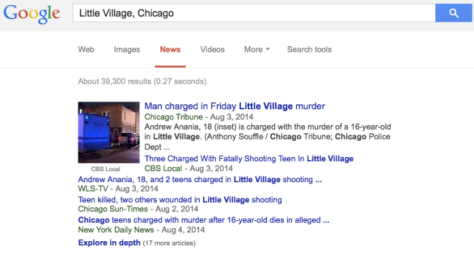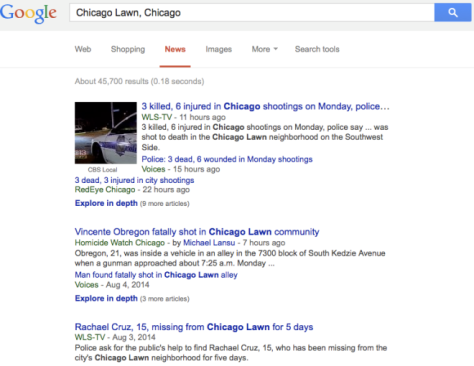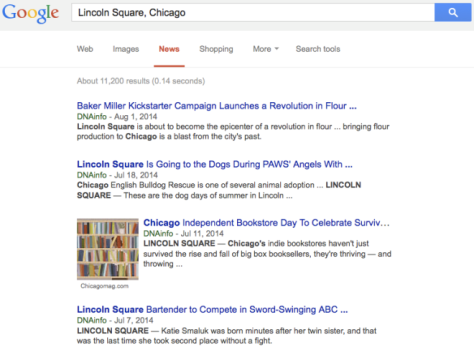The following is a brief reflection by Universidad Popular’s own Elio DeArrudah. We invite you to join in the conversation and give your own thoughts on this issue.
About the “Day” of Love or Friendship
Apparently, it all began when “primitive” tribes living in harmony with mother nature would get ready to celebrate, year after year, the resurrection of life again or springtime on earth. In fact, that is what februarius was all about — the month of cleaning/fertility/pregnancy, which in the northern hemisphere, typically precedes the explosion of life all around. Interestingly, this was the time chosen by ancient Romans to pay homage to the birth of Rome or its founders.
About a millennium later (when Rome had finally become the “center” of the known universe and even Christianized itself ), the local authorities decided to don this pagan observance or ritual with a Catholic facade under the name of Saint Valentine’s Day.
Supposedly there had been this priest, Valentinius, determined to breach the Roman emperor’s ordinance against marrying young men as a strategy to disarm the empire. Once married and with wife and kids, these young fellows were no longer materials any good for soldiering and marauding wars. Unapproving of (unjust ) wars, this priest was determined to subvert them all by marrying as many people as he could. Caught in the act of wedding young couples, Valentinius was hanged by the emperor’s people to pay for such a horrendous crime. Killing him that mid-February was their way to “clean” the City. As time went by, however, the hoi polloi began seen the murdered priest as the true patron of love and friendship.
***
Since most celebrations are dictated by State or the Church, it would be a good strategy for critical thinking skills developers in our agencies to look at the history behind these celebrations, when both those institutions were not as dictatorial as they have become. Empires, whether Roman or Ottoman, British or American, have always loved to bully the rest of the world which explains their tendency to glamorize wars, idolize generals and worship soldiers while demonizing whoever dares to resist their moves to control and dominate them. In that sense, Valentinius the priest was no different than Martin Luther King the reverend–they both preached love and peace instead of war and hate.
While it is so easy for us to talk about this priest’s fight against the empire of his days many centuries ago, we seem not to realize that right now our government and media celebrate wars along with their massive killings, drones, undercover commandos and so on. Afterwards, we welcome these killers of ours as heroes deserving of our adulation and unconditional love. How can we celebrate Martin Luther King’s day or St Valentine’s day when we remain mute about (or, even worse, condone on what the preachers of hate in our mix aided by our war mongering media) all the killings that our empire is currently doing overseas?! If we are serious enough about St Valentinius’s work or mission, shouldn’t we be preaching friendship and love all around?
-
American Sniper grossed over $284,752,955 More than six times the earnings of Selma (Martin Luther King-inspired movie)
Actually, it was fascinating to see how Hollywood launched a movie production highly celebratory of a sharp shooter responsible for almost 200 killings in two far-away countries —Iraq and Afghanistan—that we chose to invade in the aftermath of September 11,2001 even when none of the 19 hijackers that wacked the twin towers were Iraqis or Afghanistanis.
The American Sniper, a powerful hosanna to one of the most lethal killers that this country ever produced, grossed over $100 millions in revenue in the very week end that we celebrated the MLK. This weird coincidence gives a pretty good sense of how messed up our values systems seem to be. This sharp shooter of about 200 people did not have, like youngsters in most countries do, to join the armed forces: He volunteered to “serve” the invading troops to these countries that the US-led military forces wrecked for generations to come. Not surprisingly, many of those that live by the gun end up dying by the gun, as it was sadly his case.
We should stop celebrating one thing while doing precisely the opposite of it. It confuses our children and it needlessly turns the rest of the world against us. Even worse, we hurt ourselves, our economy and whatever little is still left of our moral authority. Moreover, there is never any justification for bullying anybody especially when we can embrace the love or befriending pathways toward a much more peaceful coexistence in this world.








